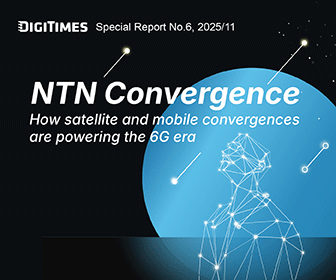After the introduction of Generative Artificial Intelligence (Generative AI), it sparked a significant transformation in the global industry. As Generative AI continues to develop, there's a growing emphasis on cybersecurity and privacy to meet enterprise demands. The once emphasized cloud AI is now making a shift towards edge AI, with major tech giants introducing solutions that can operate locally without internet connectivity.
Edge computing, with its advantages like local data processing, low latency, high efficiency, privacy security, and low bandwidth costs, has effectively addressed many challenges in different scenarios. The next step for Generative AI seems to be its evolution towards the edge.
Kneron identifies three main drivers behind the shift from mainstream general-purpose GPUs to Neural Processing Units (NPUs) in the AI field, along with a transition from cloud to edge: energy consumption, privacy concerns, and business value.
In terms of energy consumption, Kneron notes that many international tech giants aiming to launch Generative AI services have set targets to achieve net-zero carbon emissions by 2030. However, the carbon footprint has increased compared to previous years, especially for Microsoft, which has excelled in Generative AI. This is due to the energy-consuming nature of the current GPU model, which requires additional cooling devices like fans.
Looking at the chip development history, CPUs initially dominated logic operations. However, with the rise of 3D games, GPUs specializing in image processing computations seized development opportunities. According to Kneron, NPUs have emerged as chips designed specifically for AI. Currently, the cost and energy consumption of using GPUs for Generative AI are considerable. Chips are like cars, each serving different purposes, with no one being better than the other but having distinct functionalities. According to Morgan Stanley's estimates, NPUs are expected to gradually surpass GPUs in GPT usage.
Regarding privacy, taking Samsung Electronics as an example, after the introduction of ChatGPT, the initial intention was to implement it company-wide. However, it led to a crisis of confidential data leakage, prompting a ban on all employees using it within a few days. This highlights that, despite the substantial assistance Generative AI can provide to enterprises, privacy issues are significant, especially in situations where it is connected to the internet and not in a private cloud.
Lastly, concerning business value, Kneron points out that there are over 400 models of Generative AI globally. However, most Generative AI models have privacy flaws, lack industry-specific knowledge, and industries are unwilling to share confidential content with AI. In such situations, even if AI cannot provide correct answers to problems, it might offer responses that do not align with reality.




